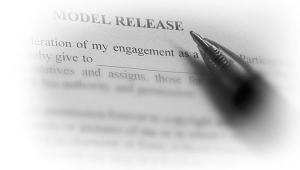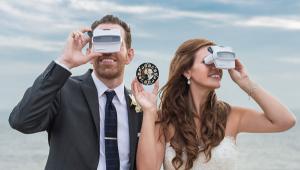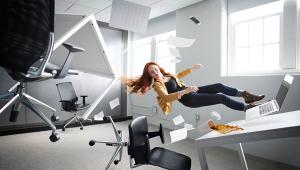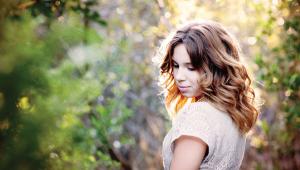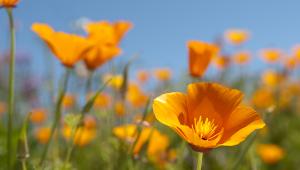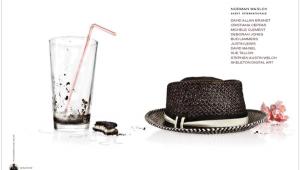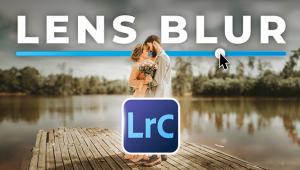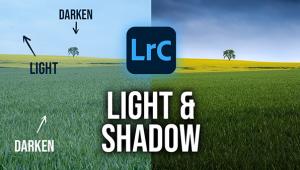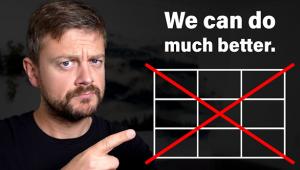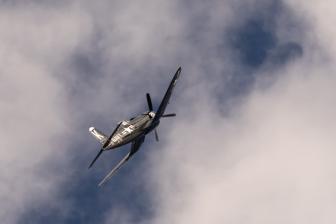Business Trends
How To Improve Your Internet Marketing
An Interview With Photographer Rick Etkin
| I have seen a lot of web
pages from photographers in my role as photo rep, writer, and consultant,
so it was especially rewarding to spend some time with photographer
Rick Etkin and discuss his new website, www.ricketkin.com.
I met Etkin at my first marketing workshop in Vancouver and I found
he had a great combination and balance of talent and business skills.
It was also interesting to watch him work with clients from all over
the US and Canada, reflecting both his dual citizenship and his diverse
interests in photography. I believe he has an effective and successful
website and asked him to share with you how it all came together for
him. |
- Log in or register to post comments



